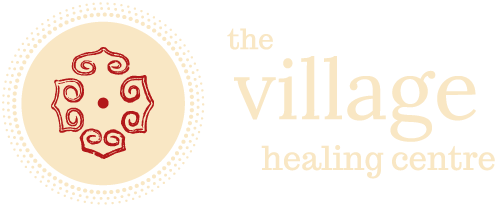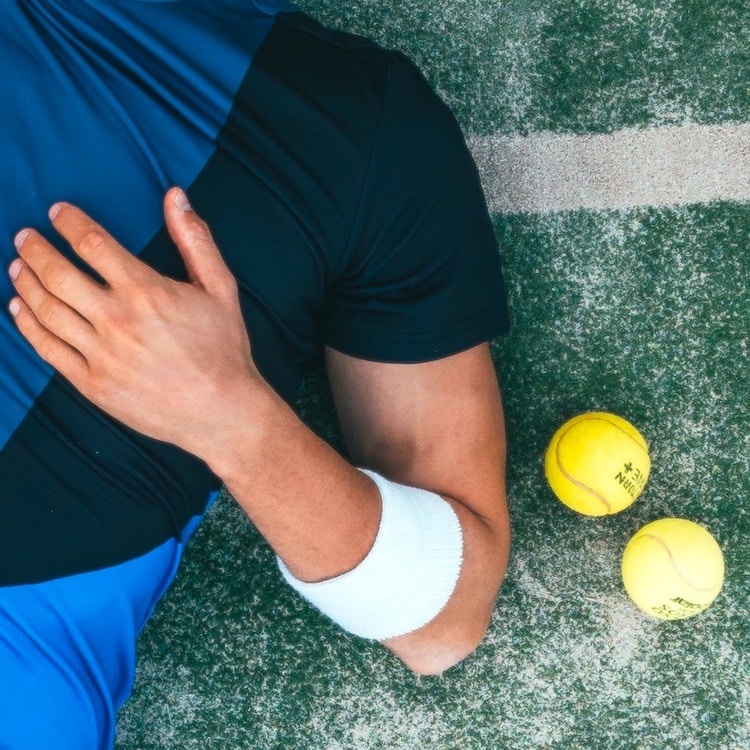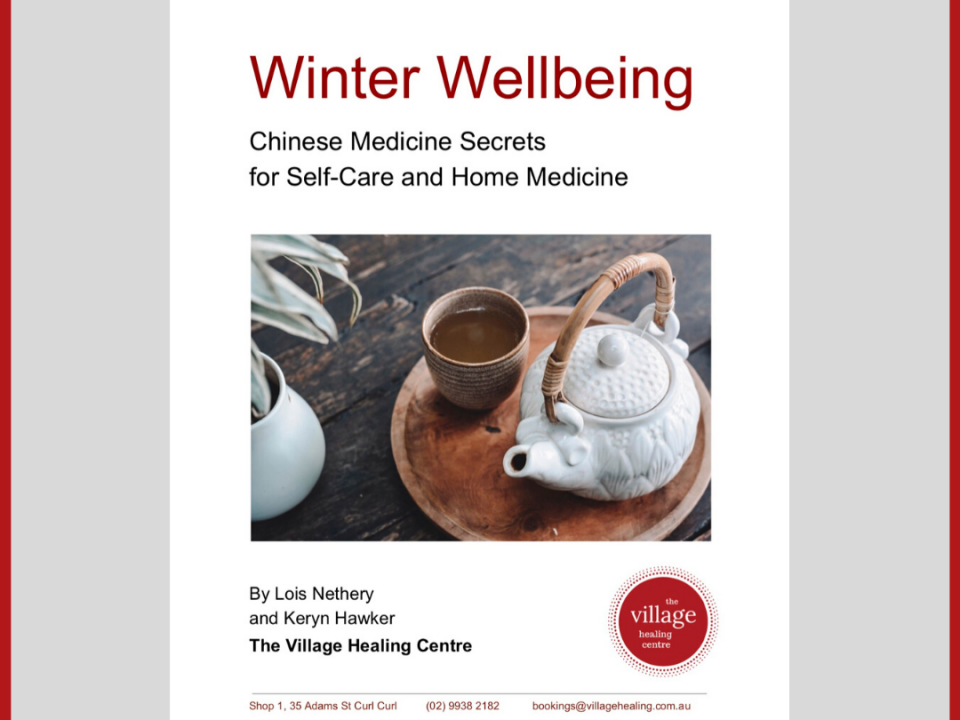Tennis elbow: Managing pain and function
“Tennis Elbow” is the most common chronic musculoskeletal pain condition affecting the elbow. Despite its name, only 5-10% of sufferers play racquet sports.
Tennis elbow is also known as:
- lateral (outer side) epicondylalgia (pain at the epicondyle)
- lateral epicondylosis (disorder at the epicondyle)
- lateral elbow tendinopathy (disorder of the tendon)
- previously called lateral epicondylitis (inflammation at the epicondyle).
The epicondyle is a small bump on the bone near the elbow, where tendons are attached. With overuse such as in sports, work or hobbies, the muscles or tendon can become affected or damaged, leading to pain on the outer side of the elbow.
The pain may be felt locally at the outer side of the elbow, and could radiate into the forearm. It is made worse by gripping, pressing on the sore areas or moving the wrist or fingers against resistance.
Tennis elbow may affect 1-3% of the population at any time, and may affect almost 20% of men during their 40s, averaging at around 42 years of age. It is thought that around 40% of people will experience tennis elbow at some point in their life. Up to 50% of tennis players experience some kind of elbow pain, and 75-85% of these complaints involve tennis elbow.
Chronic tennis elbow is not considered a self-limiting condition, meaning that generally it is not expected to resolve on its own over time. It is associated with ongoing pain and disability in a substantial proportion of people. (1)
So-called “Golf Elbow” occurs on the inner side of the elbow and is much less common, estimated to occur from between four to seven times less frequently than tennis elbow.
Standard treatment of tennis elbow
Your doctor may refer you to a specialist if they are concerned about your elbow condition. If there is no need for specialist treatment, then the best practitioner to manage your entire treatment process is normally a physiotherapist. They will provide you with education, advice, manual therapy, exercises and stretches.
If the tennis elbow persists for more than six months then strengthening exercises might be one of the most important factors in recovery, especially for recovering function.
Tennis elbow can be a challenging condition to treat. (1)
The Chinese medicine approach
Acupuncture for elbow pain
Acupuncture is generally considered to be a useful therapy for many kinds of pain, and may have an effect on treating elbow pain. (2) It may also create beneficial change in the structure of the tissues in the area. (3) Positive changes will normally require a number of treatment sessions, for example a course of 10 sessions. (3)
Treating the whole person
The benefit of combining your treatment with Chinese acupuncture, rather than other kinds of needle-based therapies, is that your acupuncturist can assess your whole-person signs and symptoms and create a whole-body treatment plan for you. All signs and symptoms are seen as “patterns” in the web of interconnections between different body systems and between a person and their natural and social environment. (4)
Including other symptoms or conditions
This can be very valuable if there are other conditions that affect you, for example headaches or migraine. All symptoms and conditions can usually be addressed within the same treatment session, because of the way that signs and symptoms are linked together into “patterns” involving the whole body.
Chinese medicine diagnosis in tennis elbow
There are four common Chinese medicine “patterns” that are generally accepted to occur with tennis elbow. (5) Chinese medicine acupuncture treatment normally involves using local points near the painful area, plus points that aim to restore balance to the whole body, based on the identified “pattern”. (4) Chinese medicine acupuncture treatment may also involve “meridians” or pathways, (5) so that movement is invited from the diseased area through other tissues and away from the pain site.
The Chinese medicine diagnosis also guides the acupuncturist on which techniques to use. (5) For example, moxibustion may be used for conditions involving “Cold” patterns. Electroacupuncture may be used with conditions involving “Bi syndrome” (“painful obstruction syndrome”).
The difference between Chinese medicine acupuncture and dry needling
This makes Chinese medicine acupuncture quite different from “dry needling” offered by practitioners of manual therapies. Dry needling involves putting a needle into a trigger point of a muscle, to help the knot to relax. This is only a basic application of Chinese medicine acupuncture, called “Ah Shi” treatment. “Ah Shi” means “Ah yes” because when the practitioner presses the knot, the patient says “Ah yes, that’s it”.
Chinese medicine treatment planning
Chinese medicine diagnosis and treatment planning is extremely flexible and pragmatic. It has always been a very individualised medicine, aiming to take in the whole of a person’s experience. (5)
Starting your treatment
Book now to begin your healing path – we look forward to supporting you towards your health goals.
1. Bisset LM, Vicenzino B. Physiotherapy management of lateral epicondylalgia. Journal of Physiotherapy. 2015;61(4):174-181. doi:10.1016/j.jphys.2015.07.015
2. Tang H, Fan H, Chen J, et al. Acupuncture for Lateral Epicondylitis: A Systematic Review. Evidence-Based Complementary and Alternative Medicine. 2015;2015:1-13. doi:10.1155/2015/861849
3. Ural FG, Öztürk GT, Bölük H, Akkuş S. Ultrasonographic Evaluation of Acupuncture Effect on Common Extensor Tendon Thickness in Patients with Lateral Epicondylitis: A Randomized Controlled Study. The Journal of Alternative and Complementary Medicine. 2017;23(10):819-822. doi:10.1089/acm.2016.0370
4. Alvim DT, Ferreira AS. Pragmatic Combinations of Acupuncture Points for Lateral Epicondylalgia are Unreliable in the Physiotherapy Setting. Journal of Acupuncture and Meridian Studies. 2018;11(6):367-374. doi:10.1016/j.jams.2018.07.006
5. Gadau M, Zhang S-P, Yip H-Y, et al. Pattern Differentiation of Lateral Elbow Pain in Traditional Chinese Medicine: A Systematic Review. The Journal of Alternative and Complementary Medicine. 2016;22(11):921-935. doi:10.1089/acm.2016.0098
Photo by Oliver Sjöström on Unsplash



